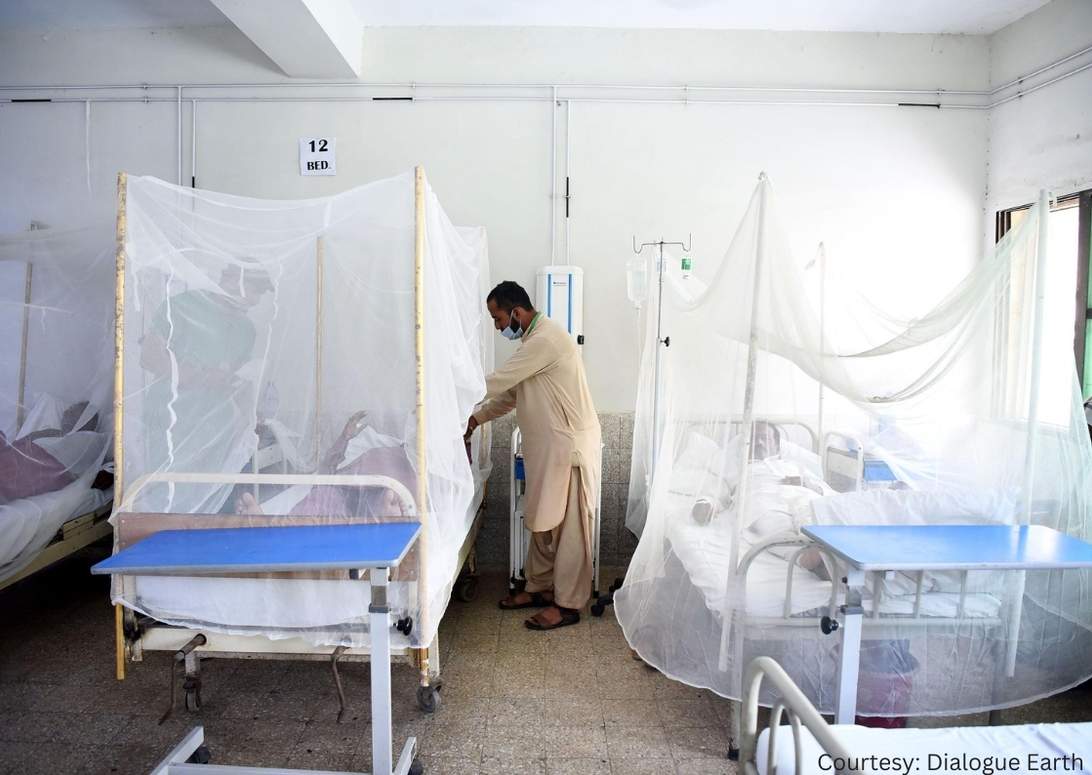RAWALPINDI — In a dramatic shift, Murree has overtaken Rawalpindi in confirmed dengue cases, marking the first time since 2011 that the scenic hill station has become the epicenter of the mosquito-borne disease in the Rawalpindi division. According to official health data, Murree has reported 62 cases, while Rawalpindi closely follows with 59 infections, raising concerns about preparedness and response efforts across the region.
Other districts in the division are also grappling with the outbreak, with Attock confirming five cases, Chakwal four, and Jhelum one. Experts warn that if immediate preventive measures are not intensified, the numbers could rise sharply in the coming weeks, especially amid ongoing monsoon rains.
Situation on the Ground
Health officials have identified Ghel and Paghwari union councils as the primary hotspots in Murree. Authorities have stepped up anti-dengue operations, deploying 441 staffers across various government departments for extensive surveillance, fumigation, and fogging drives. Support from the Provincial Disaster Management Authority has been critical, providing 1,300 mosquito nets, 10,000 bottles of anti-mosquito lotion, and specialized IRS (Insecticide Residual Spray) machines to assist the teams.
Strict public health measures are now in effect, including Section 144 enforcement near water streams and junkyards to prevent mosquito breeding. Officials are optimistic that with declining temperatures expected by mid-September or early October, the intensity of the outbreak will begin to subside.
Rawalpindi Battles Its Own Challenges
Meanwhile, Rawalpindi continues to wage a tough battle against the virus. The district administration, led by senior provincial and parliamentary officials, has launched targeted drives to eliminate mosquito breeding grounds in graveyards, junkyards, and high-density urban areas.
Despite these efforts, stagnant rainwater in several neighborhoods continues to fuel the spread. Authorities are urging residents to remain vigilant, regularly drain standing water, and follow all health advisories to curb the spread of the disease.
What Lies Ahead
The situation underscores the need for proactive surveillance, rapid response mechanisms, and community participation. While authorities are scaling up fumigation and awareness campaigns, experts caution that without collective action, controlling the surge will remain an uphill task.
As the monsoon season winds down, public health departments are hopeful the declining temperature will bring some relief, but for now, vigilance remains the only shield against this fast-spreading threat.
This story has been reported by PakTribune. All rights reserved.



